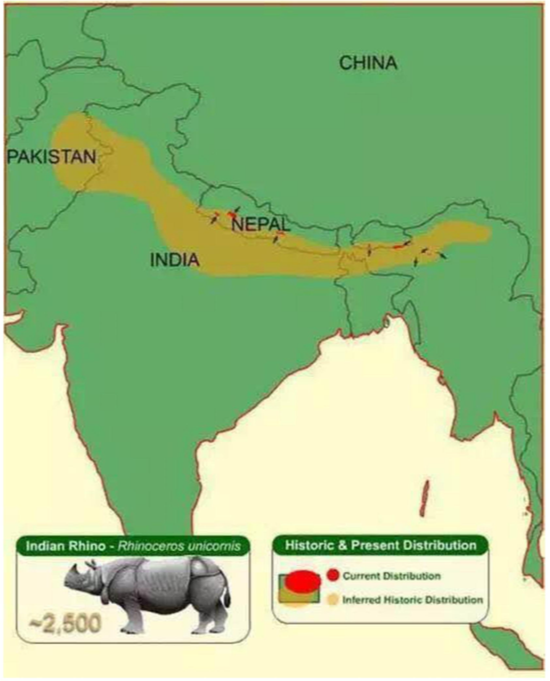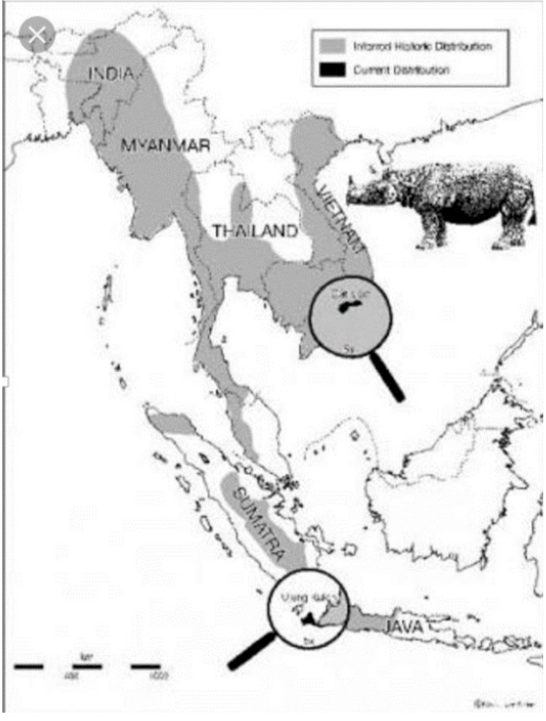PTE-A.com
세상을 바꾸는 작은 힘
 DI - 유사한 기출문제들 (코뿔소)
DI - 유사한 기출문제들 (코뿔소)


비슷한 기출문제들 참 많은것 같습니다.
실제 시험에서 만났던 문제라면 가장 유사한 기출문제를 찾아주세요 ;; 제발요 ㅜㅜ
많은 분들한테 도움이 되리라 믿습니다.
실제 시험에서 만났던 문제라면 가장 유사한 기출문제를 찾아주세요 ;; 제발요 ㅜㅜ
많은 분들한테 도움이 되리라 믿습니다.
풀이좀 부탁 드려요~
This map gives information about distribution of Indian Rhino including current state and historic state. According to the map, we can see that in Nepal area, there are some red dots, which is current distribution. Followed by that, on the middle of map, there is a yellow color area which inferred historic distribution. To sum up, if this phenomenon continues, the number of Indian Rhino will keep decreasing in the future.
This map shows the historic and present distribution of Indian rhinos.
Indian Rhinoceroses were originally found living in the lush grasslands across from Pakistan to Burma. However, because of human influence, their range has shrunk and now they only exist in small populations in northeastern India and Nepal. Generally, they prefer grasslands near rivers.
In conclusion, Indian rhino’s habitat should be protected from human being not to lose Indian rhinos anymore.
- This map represents historic and present distribution of Indian Rhino.
- According to the map, it is clear that the countries with inferred historic distribution can be seen in Pakistan, Nepal and India.
- In addition, the countries with current distribution can be seen in only Nepal.
- Based on the information from the map, it is clear that the country with none distribution is in China
- In conclusion, the number of indian Rhino has dramatically decreased in present.